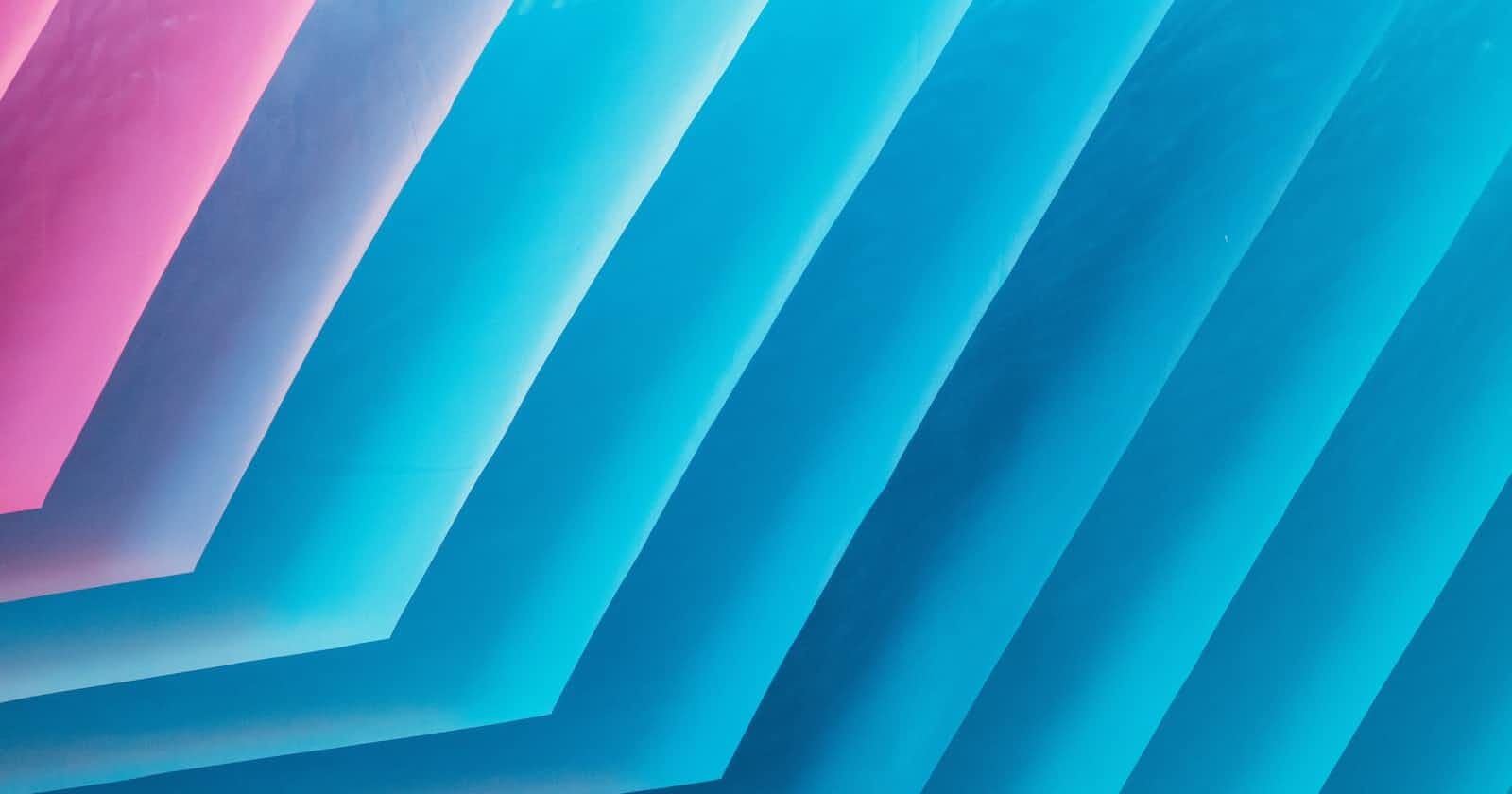Table of contents
No headings in the article.
CSS Cascade Layers is a CSS feature that allows developers to define explicit contained layers of specificity so that they have full control over which styles take priority in a project without relying on specificity hacks or !important declarations. The @layer at-rule allows authors to explicitly layer their styles in the cascade before specificity and order of appearance are considered. This feature is now 90.19% supported globally according to Can I use website on May 15th, 2023.
Cascade Layers are intended to solve tricky problems in CSS. The main problem is specificity conflicts that escalate when a project grows in size and complexity. Cascade Layers aim to solve this problem by providing a much simpler fallback stylesheet. The @layer at-rule is used to create a cascade layer in one of three ways. The first way is to create a named cascade layer with the CSS rules for that layer inside. The second way is to create a named cascade layer without assigning any styles. The third way is to create an anonymous cascade layer by using the @layer at-rule without a name.
Here are some code snippets to illustrate the three ways to create a cascade layer using the @layer at-rule:
Create a named cascade layer with the CSS rules for that layer inside:
@layer utilities { .padding-sm { padding: .5rem; } .padding-lg { padding: .8rem; } }Create a named cascade layer without assigning any styles:
@layer typography {}Create an anonymous cascade layer by using the
@layerat-rule without a name:@layer { .text-red { color: red; } }
And here's an example of how to use CSS Cascade Layers:
Organize your styles by layer:
@layer typography { h1 { font-size: 2rem; font-weight: bold; } p { font-size: 1rem; line-height: 1.5; } } @layer layout { .container { max-width: 1200px; margin: 0 auto; } .row { display: flex; flex-wrap: wrap; } } @layer colors { :root { --primary-color: #007bff; --secondary-color: #6c757d; --success-color: #28a745; } }Use layers for responsive design:
/* Mobile styles */ @layer mobile { .container { max-width: 100%; padding: 0 1rem; } } /* Tablet styles */ @media only screen and (min-width: 768px) { @layer tablet { .container { max-width: 768px; margin: 0 auto; } } } /* Desktop styles */ @media only screen and (min-width: 1200px) { @layer desktop { .container { max-width: 1200px; margin: 0 auto; } } }Create fallback styles with a base layer:
/* Base layer with fallback styles */ @layer base { body { font-family: Arial, sans-serif; font-size: 16px; line-height: 1.5; } a { color: blue; text-decoration: none; } } /* Specific layer with additional styles */ @layer specific { a { color: red; } }
CSS Cascade Layers is now supported by 90.19% of global browsers according to Can I use website.
This means that developers can start using this feature in their projects without worrying about browser compatibility issues.

